Hammer curls are also highly effective exercises that help in creating stronger, larger and definite arms. They also act on the forearms and the biceps, providing equal muscle development and better grip power. Through learning good form, selecting the appropriate weight, and doing them regularly, one can increase considerable size and strength in their arms. Hammer curls are used to build powerful and attractive arms, whether lifting weights of 10 kg or heavier items.
What Are Hammer Curls?
Hammer curls are a variation of a classic bicep curl that aims to achieve general arm thickness and strength. Hammer curls differ from the trendy curls, where your palms are upwards, in that your palms are facing each other during the curls. This minor modification will redirect the focus not only to the biceps brachii but also to the brachialis and brachioradialis, which are important muscles that determine the width of the arms and the strength of the grip.
Properly done, the hammer curls work several muscles together and thus cause more balanced growth. Whereas traditional curls create the bicep peak, the hammer curls add thickness/strength, resulting in a look of fuller and more athletic arms in every aspect.
Muscles Worked
Hammer curls are considered to be especially effective as they stimulate several muscles of the upper arm and forearm. Activated muscles are the ones associated with:
- Biceps brachii: This is the major frontal flexor of the elbow, which creates the typical bicep peak.
- Brachialis: This is the muscle that is frequently neglected and that one sees under the biceps, which makes the arm look wider.
- Brachioradialis: This is a large muscle of the forearm that helps to keep the forearm stable when one is pulling something.
These muscles combined not only increase the size and appearance of your arm, but they also increase strength to perform the day-to-day activities such as lifting, pulling or carrying items.
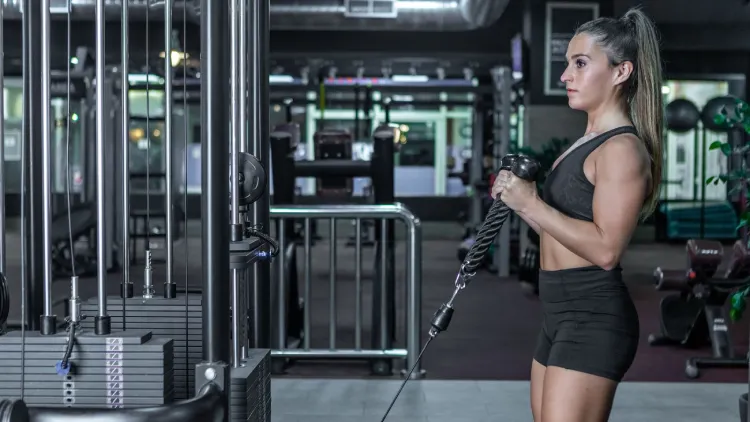
How to do Hammer Curls Properly
Doing hammer curls in a good position guarantees maximum use of the muscle and fewer chances of getting injured. Here’s a step-by-step guide:
- Make your feet shoulder-width apart and have dumbbells next to your side.
- Take the weights on a neutral grip with the palms turned toward each other.
- Hold your elbows close to your body.
- Use your brachialis and tighten your biceps to raise up your dumbbells, without moving your body.
- Wait a little on the top, and squeeze your muscles.
- Gradually bring down the weights to the initial position.
- Do 3-4 series of 10 measures and 15 measures regarding your fitness level. They can start with the lightest dumbbells (approximately 10 kg) and very deft lifters can increase weight accordingly as time goes by.
Pro Tip: The movement must be controlled and slow-moving because fast lifting may make the muscle less active. The slower the rate, the better use of tension, growth.
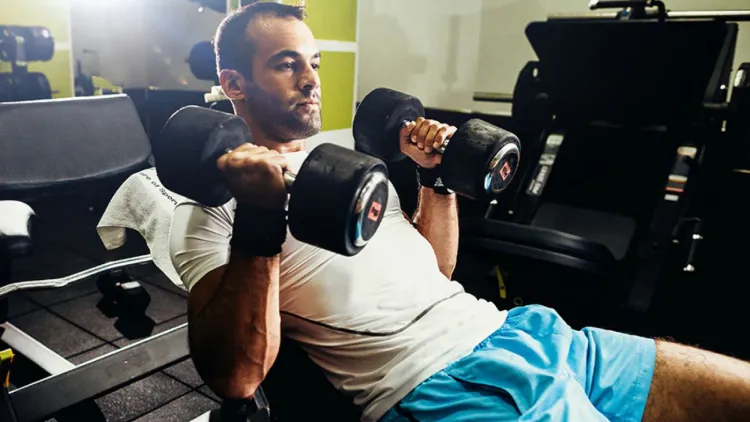
Benefits of Hammer Curls
Hammer curls have much more positive effects than just beauty. The reason they should be incorporated into your workout is to be strong and balanced in your arms.
- Adds Arm Thickness: The brachialis contraction will make your arms gain mass and size gained through every angle.
- Develops Grip Strength: The brachioradialis increases the size and endurance of the forearm, which helps in the rest of the compound lifts, such as the deadlifts or rows.
- Enhances Functional Strength: The neutral grip replicates real-world motions, thus making everyday labour easier.
- Balances Muscle Growth: Hammer curls do not overtrain muscles of a single body part, the biceps, and augment balanced arm growth.
- Less strain on the wrist: The neutral position of the wrist is more normal and therefore, the hammer curls are less dangerous to individuals with wrist pain.
Being used to routinely completing hammer curls will also enhance your performance in other arm exercises and will work in making you shoot up to greater heights and weights in your strength training.
Hammer Curls Variations
To prevent plateaus, make your hammer curl mix other exercises, in addition to boosting the overall body activity.
- Seated Hammer Curls: This time, the exercise is done in a seated position to reduce the momentum and maximise the effect of the performer on the biceps and brachialis.
- Cross-Body Hammer curl: This is a curl done across the body of the body toward the opposite shoulder, thereby achieving better brachialis involvement.
- Rope Hammer Curls (Cable): This is done with a rope attachment that ensures that the muscles are in a constant state of tension throughout the motion.
- Alternating Hammer Curls: One arm at a time is more easily accomplished, and concentration can be maintained.
- Incline Hammer Curls: The biceps are stretched further in incline hammering and perches lying double up the span of motion and the intensity.
In case you wish to develop your arms speedily, alternation of these variations makes your muscles work differently and allows no adaptation.
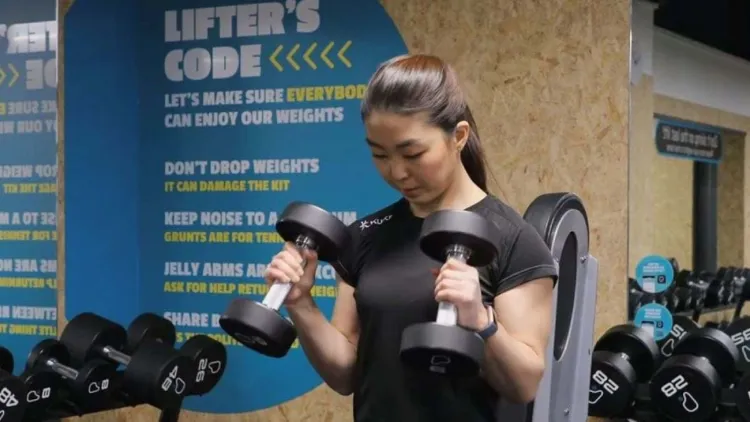
Common Mistakes to Avoid
Hammer curls are carried out with basic but expensive errors made by many individuals. To make sure you are actually exercising the right muscles, there are a few to avoid:
- Lifting too heavy: When overweight, this will result in the body swinging and reduced effect.
- Running the reps: An abrupt shift in direction reduces muscle activity and may result in injury.
- Failure to control the lowering stage: The lowering dumbbell (eccentric) stage is the most important growth-wise- do it gradually.
- Elbow forward movements: This is done to ensure that the muscles do not switch in place, as you keep the elbows in place.
- Imbalanced arm development: It is important to train both arms equally so as to prevent muscle displacement.
A steady and slow speed is far more practical than the heavy loads that are moved too fast. With time, this emphasis on structure leads to increased body or muscle definition as well as strength.
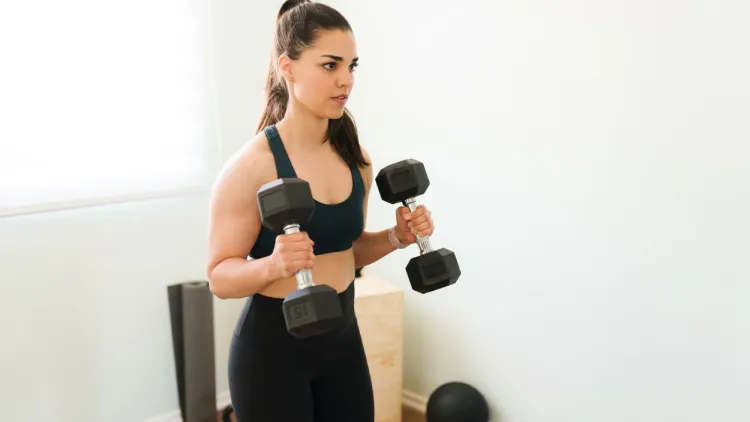
Tips for Better Results
To achieve maximum outcomes in hammer curls, one may use the strategies that have been tested:
- It is better to begin with the correct structure and then add weight. Learn the movement using the lighter weights of dumbbells (such as 10kg) first.
- Intense training, but not every day. Muscle is developed in rest periods, thus making our 2-3 sessions a week.
- Use progressive overload. Making an increment in weight or reps would be gradual to promote the ongoing growth.
- Balance development with other bicep exercises like the concentration curls or preacher curls.
- Focus on time under tension. Slow repetitions are more effective in muscle development when compared to rapid lifts.
- Consume adequate protein to aid in recovery and growth. And half of the battle when thou hast bigger arms.
- Endurance is the order of the day, patience, and major gains come in the form of biceps accrued over weeks of rigorous training.
Who Should Do Hammer Curls?
Hammer curls are highly advantageous to almost all individuals wishing to improve the strength of their arms, the size of their muscles or even their performance.
- Beginners: Neutral grip involves less stress on the joints during hammer curls, and it involves learning to be in control.
- Athletes: Grip and forearm strength enhance athletic performance and stamina.
- Bodybuilders: To achieve a more circular and fuller arm structure that complements the bicep peak.
- Casual fitness enthusiasts: Excellent for working your physique and making it strong without using hard weights or complicated equipment.
Although you may be able to only curse 10 12 kg initially with practice, you will be able to gain. It might be impressive to pick 40 kg, but really, it is not the weight that is the most important, but the control and tension that you have in every rep.
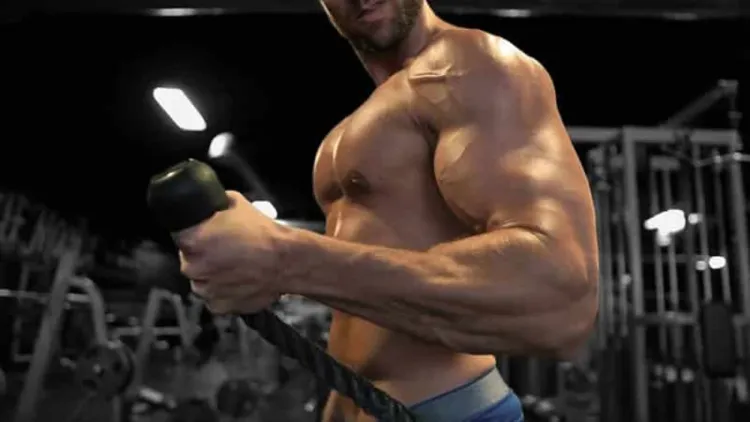
Conclusion
Hammer curls are not a simple arm workout; they are part of a core body movement to gain strength, symmetry and size. They address several of the muscles of the arms, enhance gripping power, and provide the toned or balanced appearance that most people strive to achieve. Whether light or heavy, concentrating on perfect form and the smooth developmental progress will show spectacular outcomes.
Hammer curls should be introduced into your training program twice or thrice a week, and supplemented with other exercises devoted to the training of the bicep muscles. After years of patience, time, and practice, you will find that your arms are harder, fuller and more defined than ever before.
Frequently Asked Questions
1. Do your arms get larger with hammer curls?
Yes, with biceps and brachialis involvement, the hammer curls will develop both in width and thickness, which will result in larger arms.
2. Do hammer curls increase the size of the forearms?
Absolutely. As the brachioradialis is also activated significantly, the forearms are made strong and enlarged by means of regular hammer curls.
3. Which is the best bicep exercise?
Although hammer curls are superb for all arm development, other exercises, such as concentration or preacher curls, may improve the isolation of the biceps crucially. Combining them is ideal.
4. Should I lift heavy or light?
Weigh more and more, but not out of control. When you are solid in form, it is possible to do more with hammer curls.

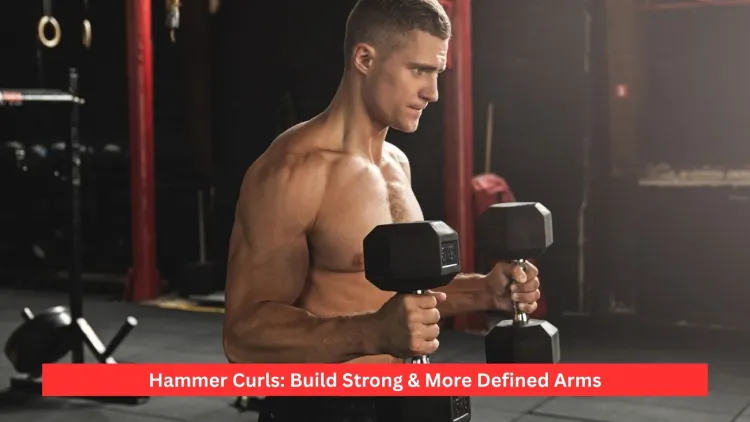



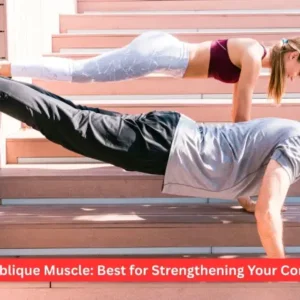
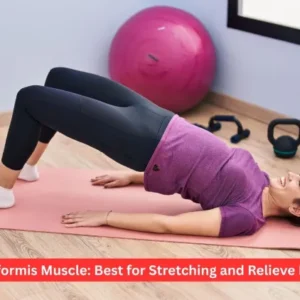

2 thoughts on “Hammer Curls: Build Strong & More Defined Arms”
A powerful share, I just given this onto a colleague who was doing a little bit analysis on this. And he in actual fact bought me breakfast as a result of I discovered it for him.. smile. So let me reword that: Thnx for the deal with! However yeah Thnkx for spending the time to debate this, I really feel strongly about it and love reading more on this topic. If possible, as you grow to be experience, would you mind updating your weblog with extra particulars? It is extremely useful for me. Big thumb up for this blog put up!
Thanks so much! I really appreciate your kind words and support. I’ll definitely keep sharing more updates and insights—stay tuned! 😊👍